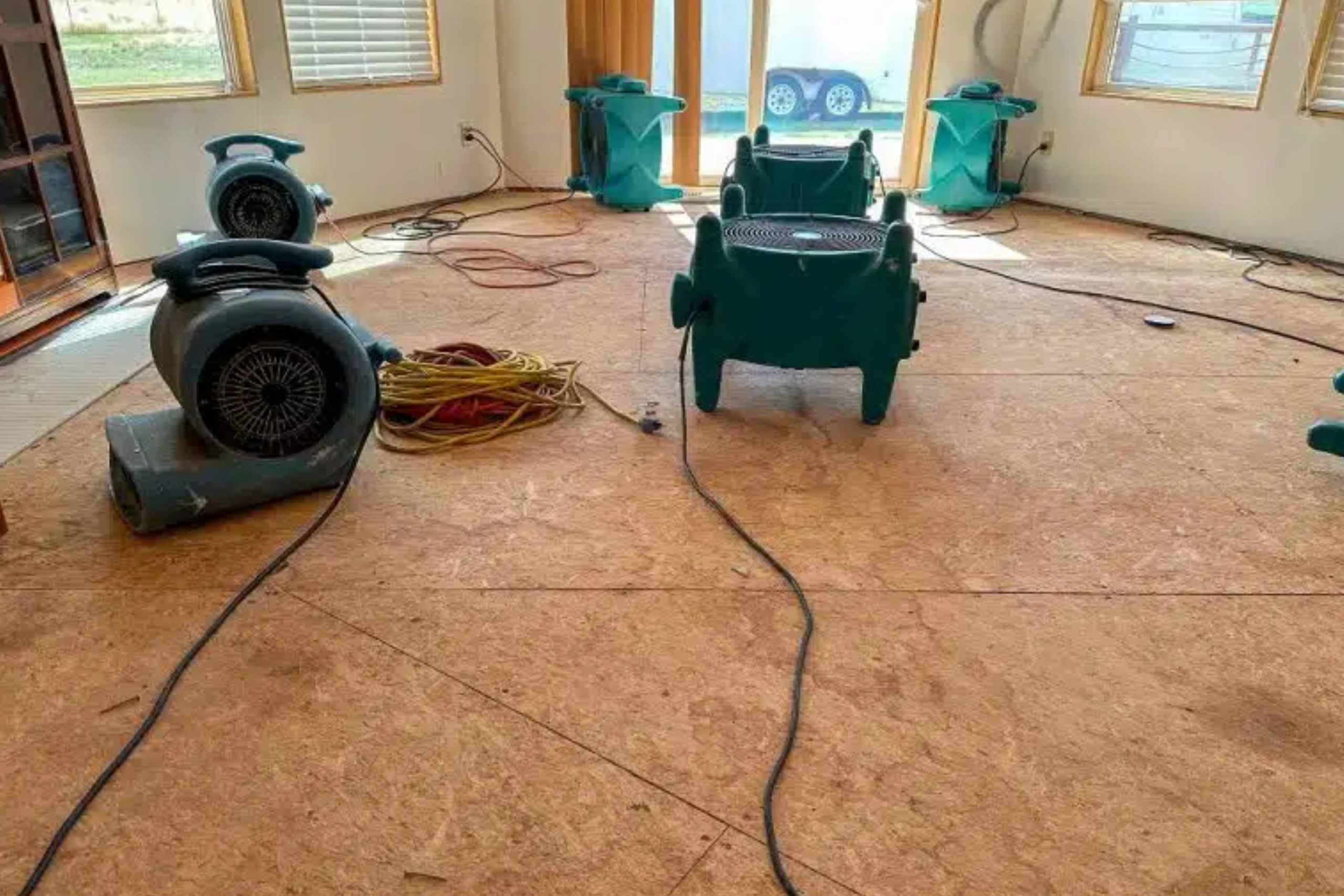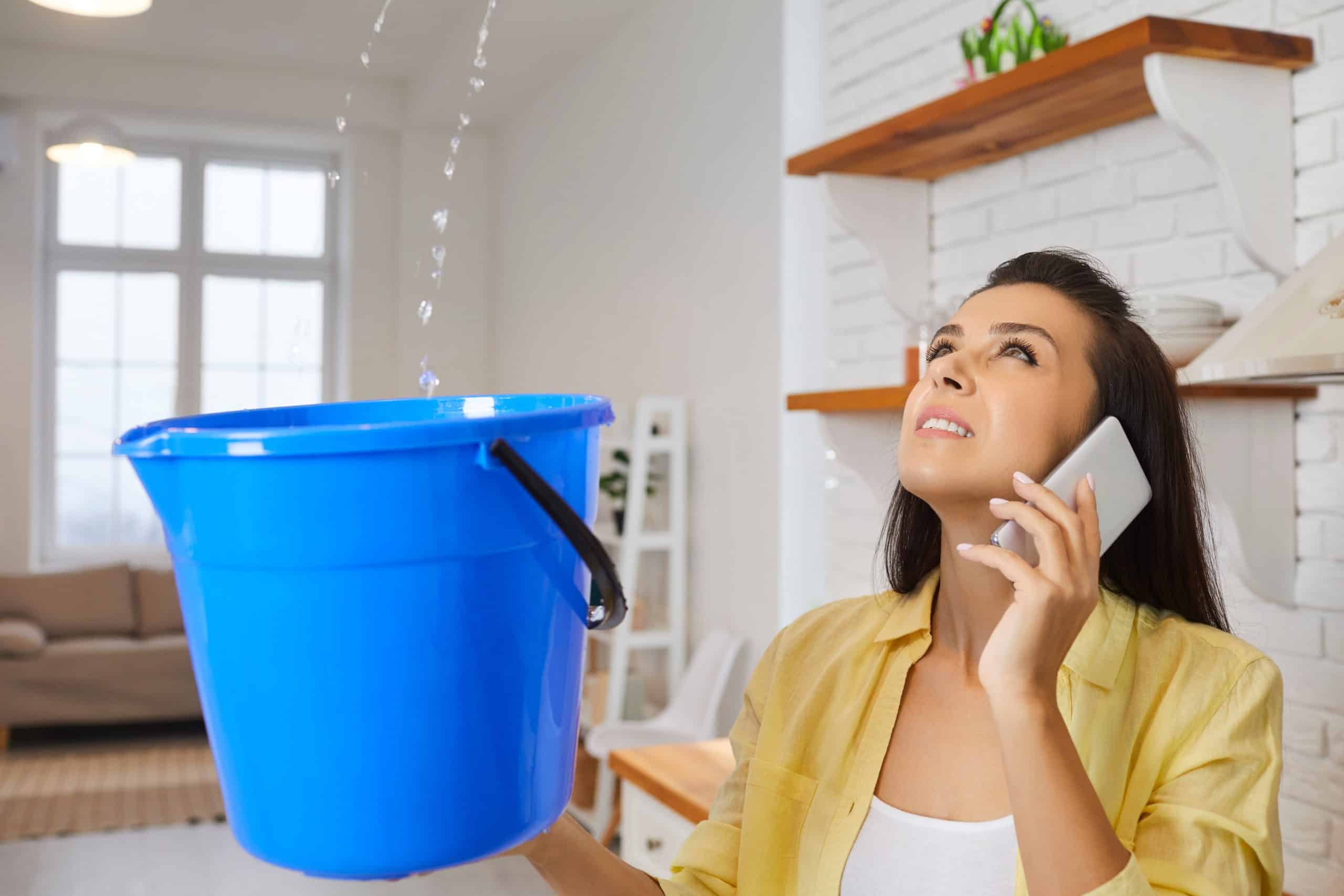Fact: Properly restored floors and furniture recover up to 90% of their original beauty and…
Mold or Moisture? Spot the Difference
Picture this: You’re in your basement and spot a dark patch on the wall. Your heart sinks. Is it the dreaded m-word – mold? Or is it just a bit of moisture?
Here’s a startling fact: The EPA estimates mold is present in 30-50% of all structures. That’s potentially every other building you walk into!
I’ve seen homeowners panic at the sight of a water stain, and others shrug off serious mold infestations. Neither reaction is ideal. The key? Knowing exactly what you’re dealing with.
In this guide, we’ll sharpen your eyes. You’ll learn to differentiate between harmless moisture and potentially harmful mold. We’re cutting through the confusion to give you clear, actionable insights.
So, put on your detective hat. We’re about to dive into the world of household moisture and mold. By the end, you’ll be spotting the difference like a pro!
The Basics: Moisture vs. Mold
Before we dive into the nitty-gritty, let’s clarify what we’re dealing with:
- Moisture: This is simply water in the air or on surfaces. It’s not inherently harmful but can lead to problems if left unchecked.
- Mold: A fungus that grows in multicellular filaments called hyphae. It thrives in moist environments and can pose health risks.
Now, let’s break down how to spot each one.
Spotting Moisture
Moisture can be tricky because it’s often invisible. Here’s what to look for:
- Condensation: Water droplets on windows, pipes, or walls.
- Damp spots: Areas that feel wet to the touch but don’t have visible growth.
- Musty odor: A damp, earthy smell without visible mold.
- Warping or buckling: In wood floors or walls due to water absorption.
Pro tip: Use a moisture meter for accurate readings in suspect areas. It’s a worthy investment for any homeowner.
Identifying Mold
Mold has some distinct characteristics:
- Visible growth: Fuzzy or slimy patches, often in corners or hidden areas.
- Color variations: While often black or green, mold can be various colors, including white, orange, or purple.
- Pattern: Mold often grows in circular patterns or spreads outward from a central point.
- Persistent musty odor: A strong, unpleasant smell that lingers even after cleaning.
Remember, if you spot what you think is mold, don’t disturb it. This can release spores into the air.
The Gray Area: When It’s Hard to Tell
Sometimes, the line between moisture and mold isn’t clear. In these cases:
- Look for texture: Mold will have a fuzzy or slimy texture, while moisture will look wet.
- Check for spread: Moisture tends to create more uniform dampness, while mold will have irregular patterns.
- Time test: Mark the edges of a suspicious spot. If it grows or changes shape over a few days, it’s likely mold.
When in doubt, it’s always best to consult a professional. Search for “water damage restoration near me” to find experts who can accurately assess the situation.
Health Implications: Why It Matters
Understanding the difference between mold and moisture is about protecting your home and safeguarding your health.
Moisture concerns:
- Can lead to increased dust mites, which are allergens
- May cause respiratory issues in some individuals
- Creates an environment conducive to mold growth
Mold risks:
- Allergic reactions: sneezing, runny nose, red eyes, skin rash
- Asthma attacks in people with asthma
- Potential toxic effects from mycotoxins in some molds
If you’re experiencing unexplained health issues and suspect mold, addressing the problem promptly is crucial. Consider searching for a “water mitigation company near me” to assess and remediate mold issues.
Prevention: The Best Cure
Whether it’s moisture or mold, prevention is vital. Here are some strategies:
- Control humidity: Keep indoor humidity below 60%. Use dehumidifiers if necessary.
- Fix leaks promptly: Even small leaks can lead to big mold problems.
- Improve ventilation: Use exhaust fans in bathrooms and kitchens.
- Regular inspections: Check problem areas like basements and attics regularly.
When to Call the Professionals
While minor moisture issues can often be handled DIY-style, mold is another story. You should consider professional help if:
- The moldy area is larger than 10 square feet
- You have chronic respiratory issues or a weakened immune system
- The mold is in your HVAC system
- The moisture or mold is caused by contaminated water (e.g., sewage)
In these cases, searching for “water damage restoration near me” can connect you with experts who have the tools and knowledge to address the issue safely.
The Bottom Line
Distinguishing between mold and moisture is a crucial skill for any homeowner. By understanding the signs, you can catch problems early, potentially saving thousands in repairs and protecting your family’s health.
Remember, it’s always better to err on the side of caution when it comes to mold. If you’re unsure, don’t hesitate to call in the professionals. A little expertise can go a long way in keeping your home safe, dry, and mold-free.
Stay vigilant, stay informed, and here’s to a healthy, mold-free home!



